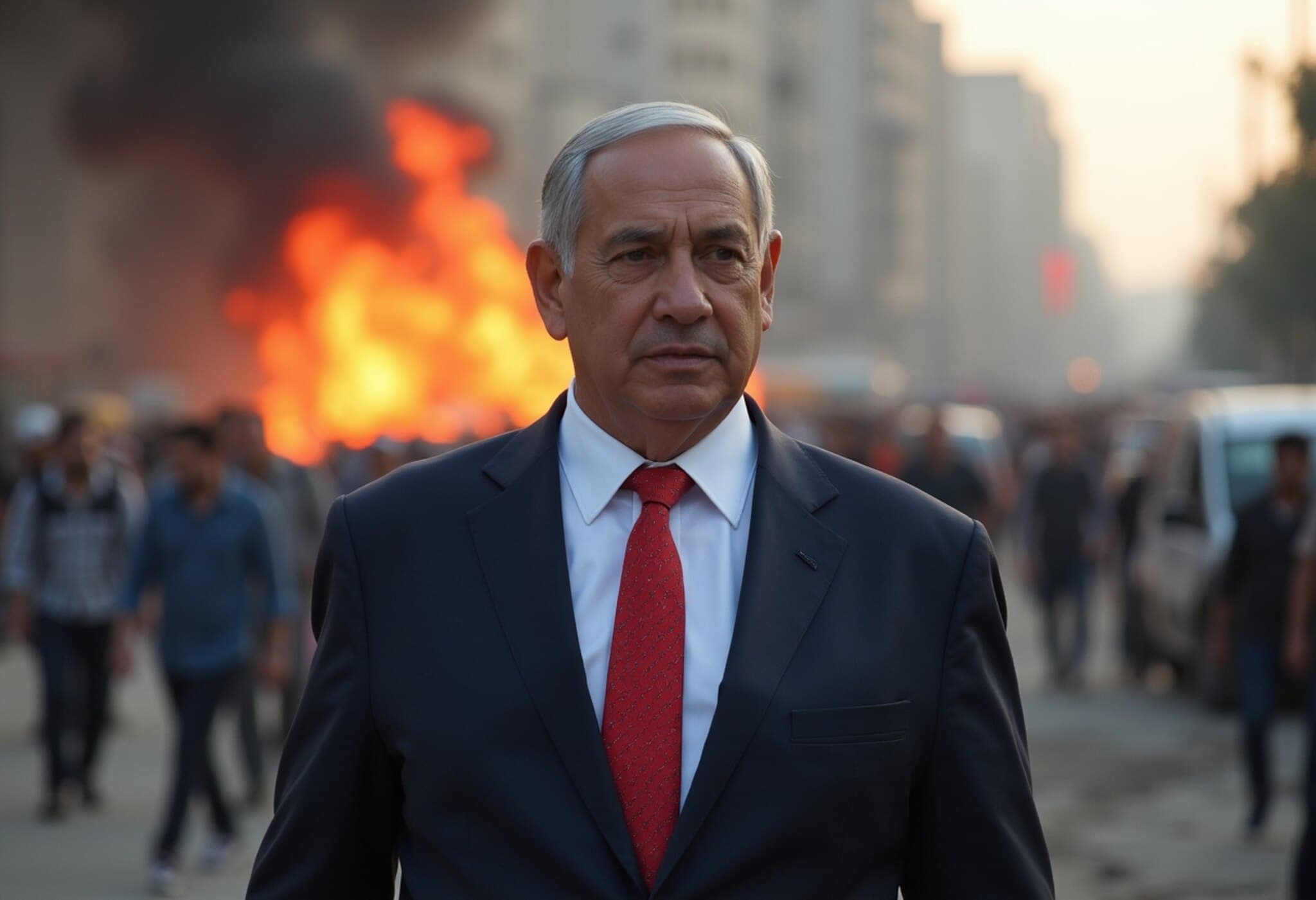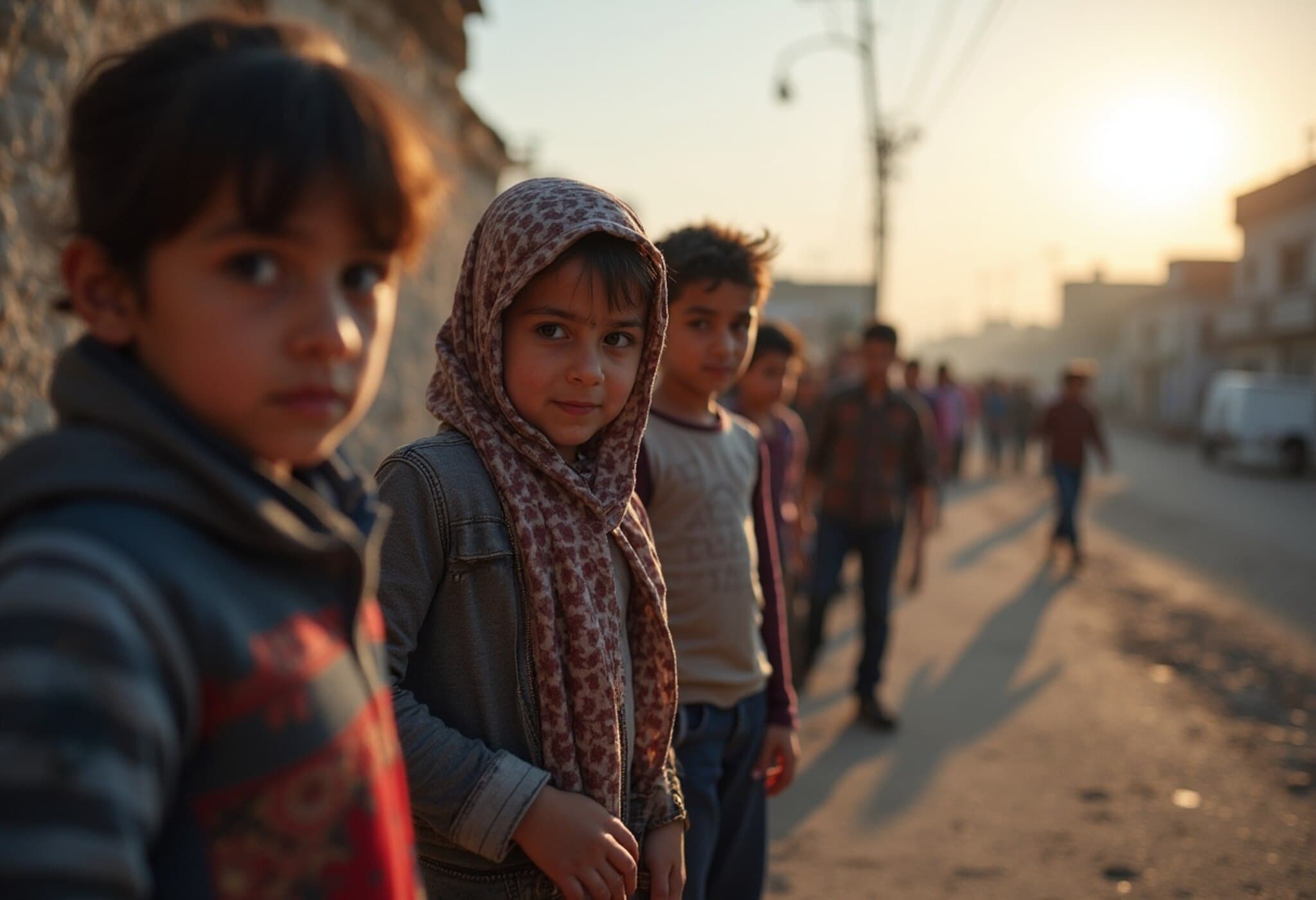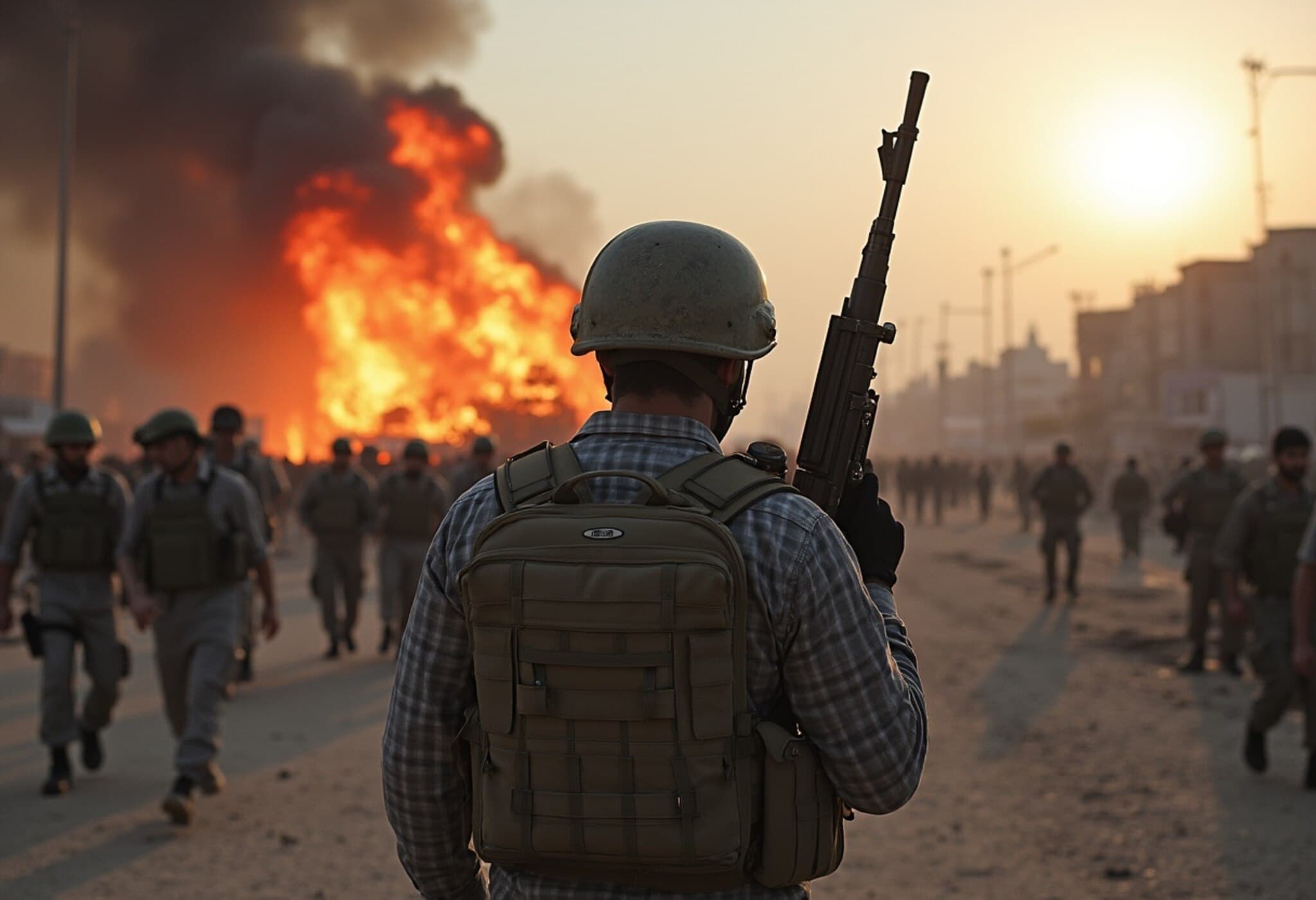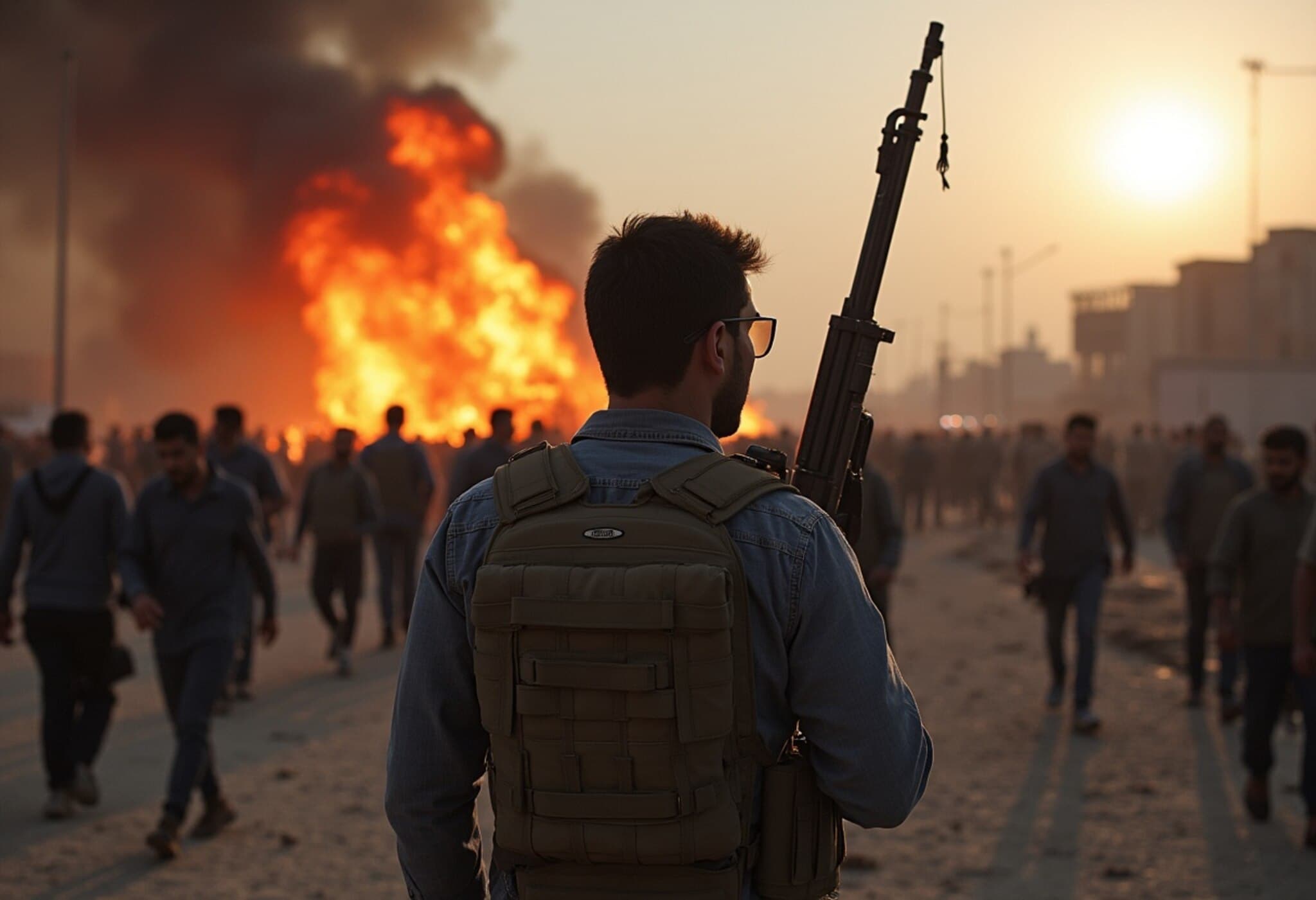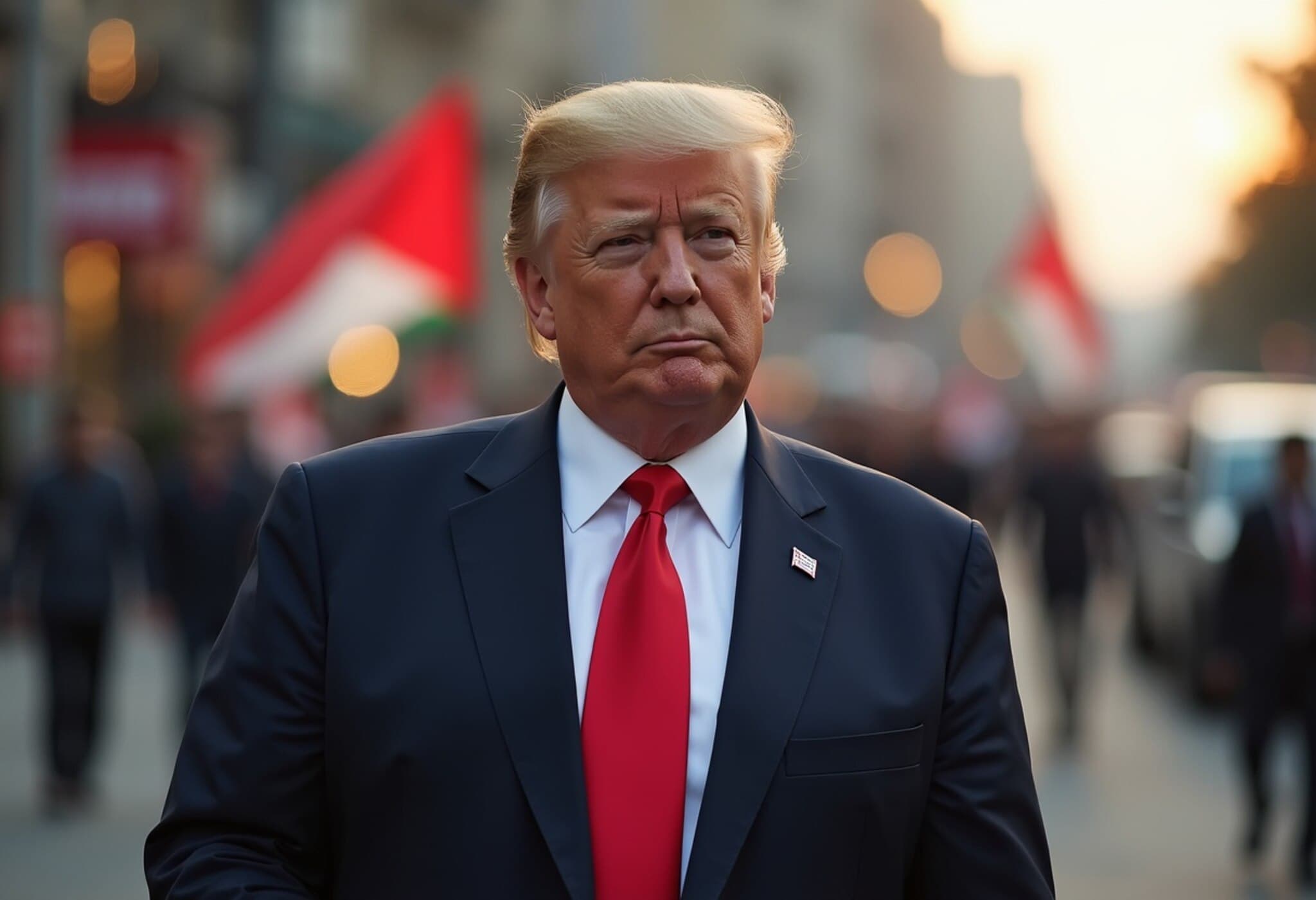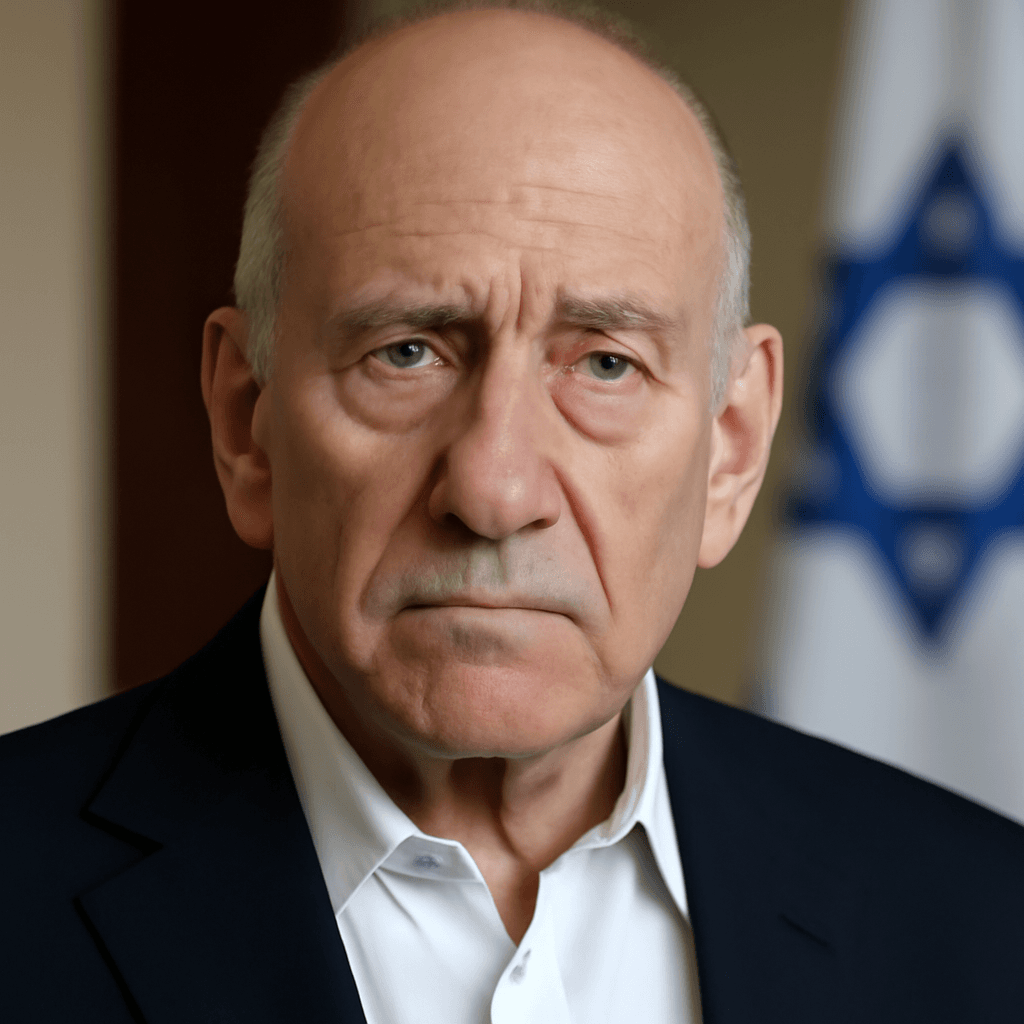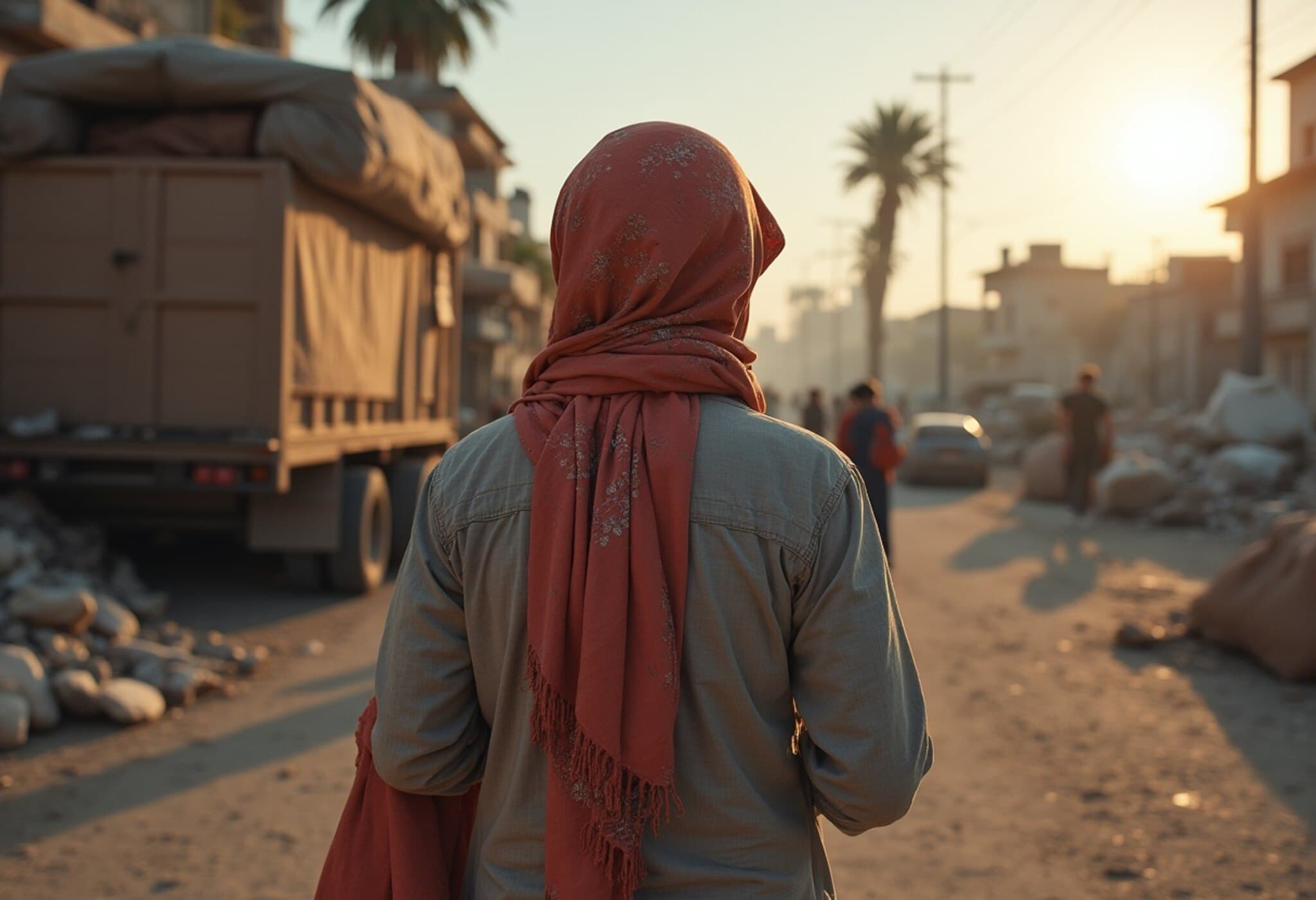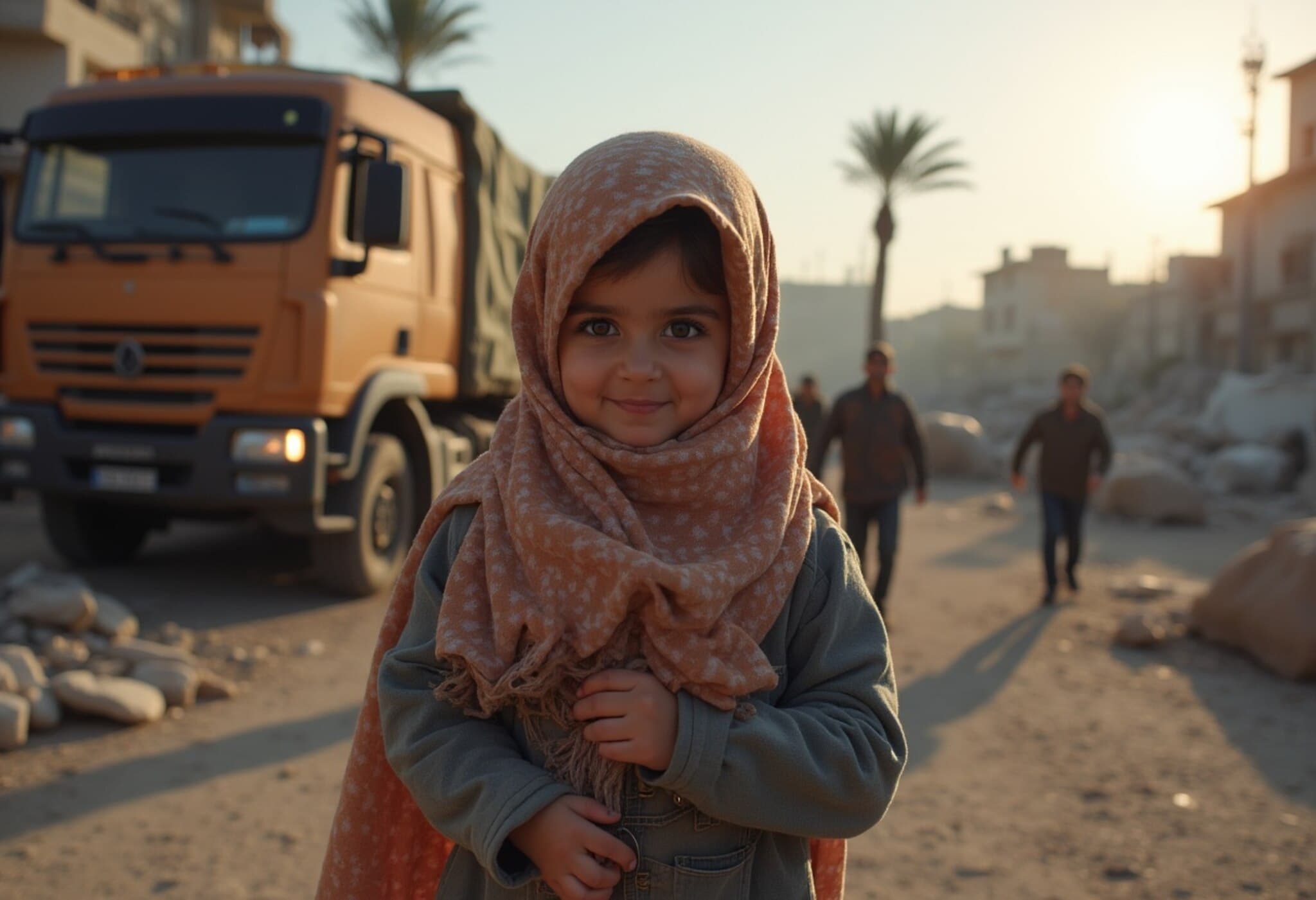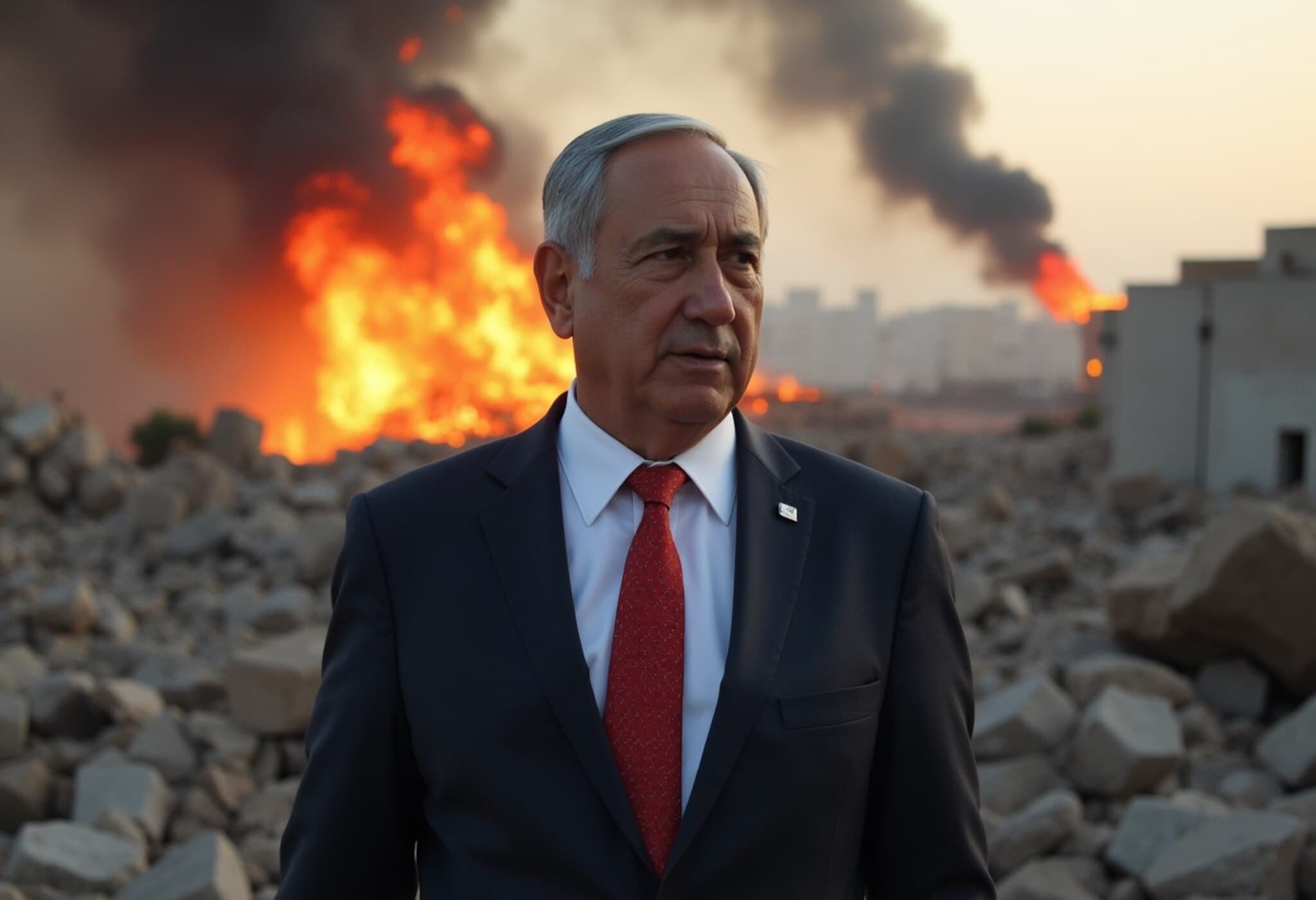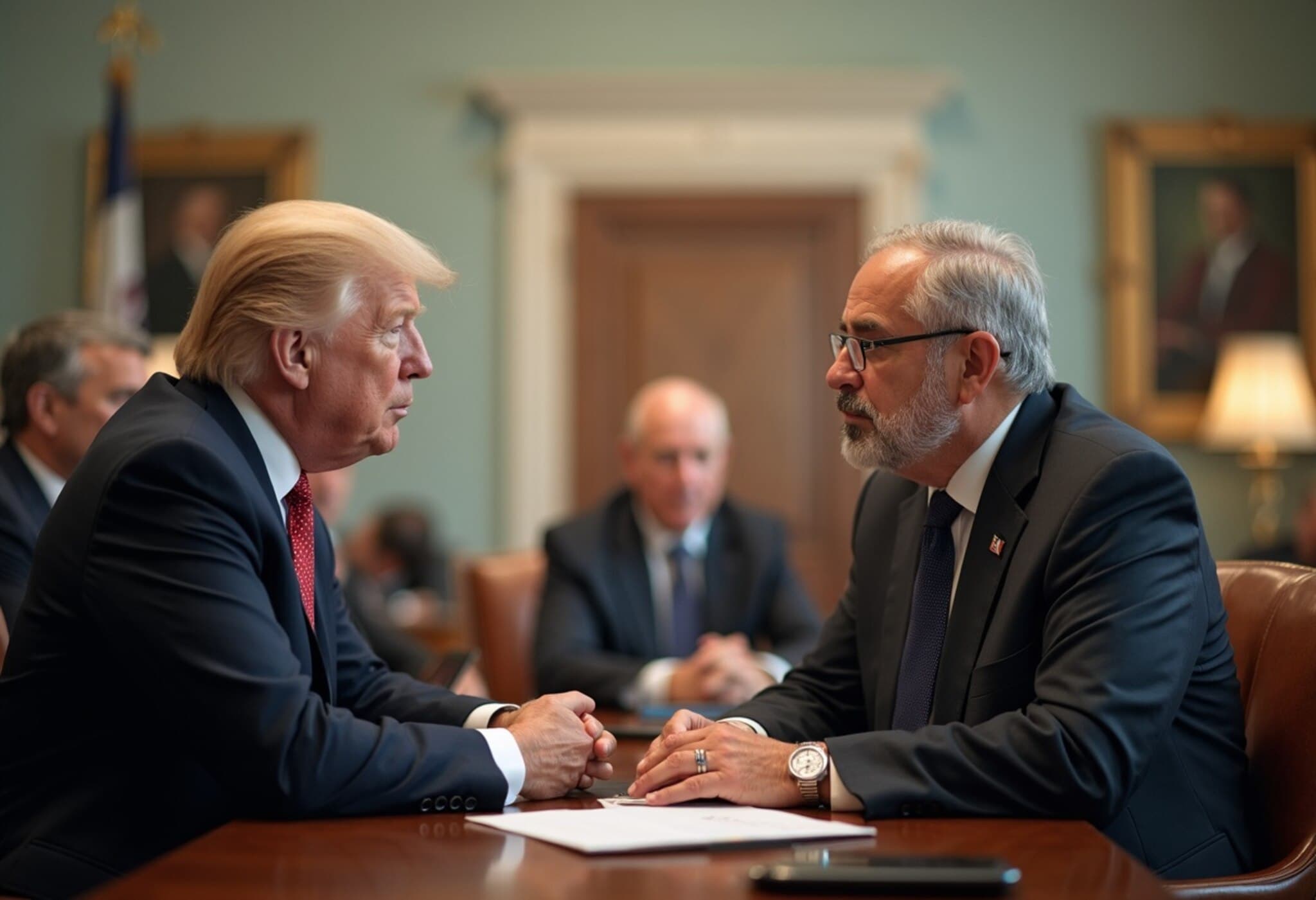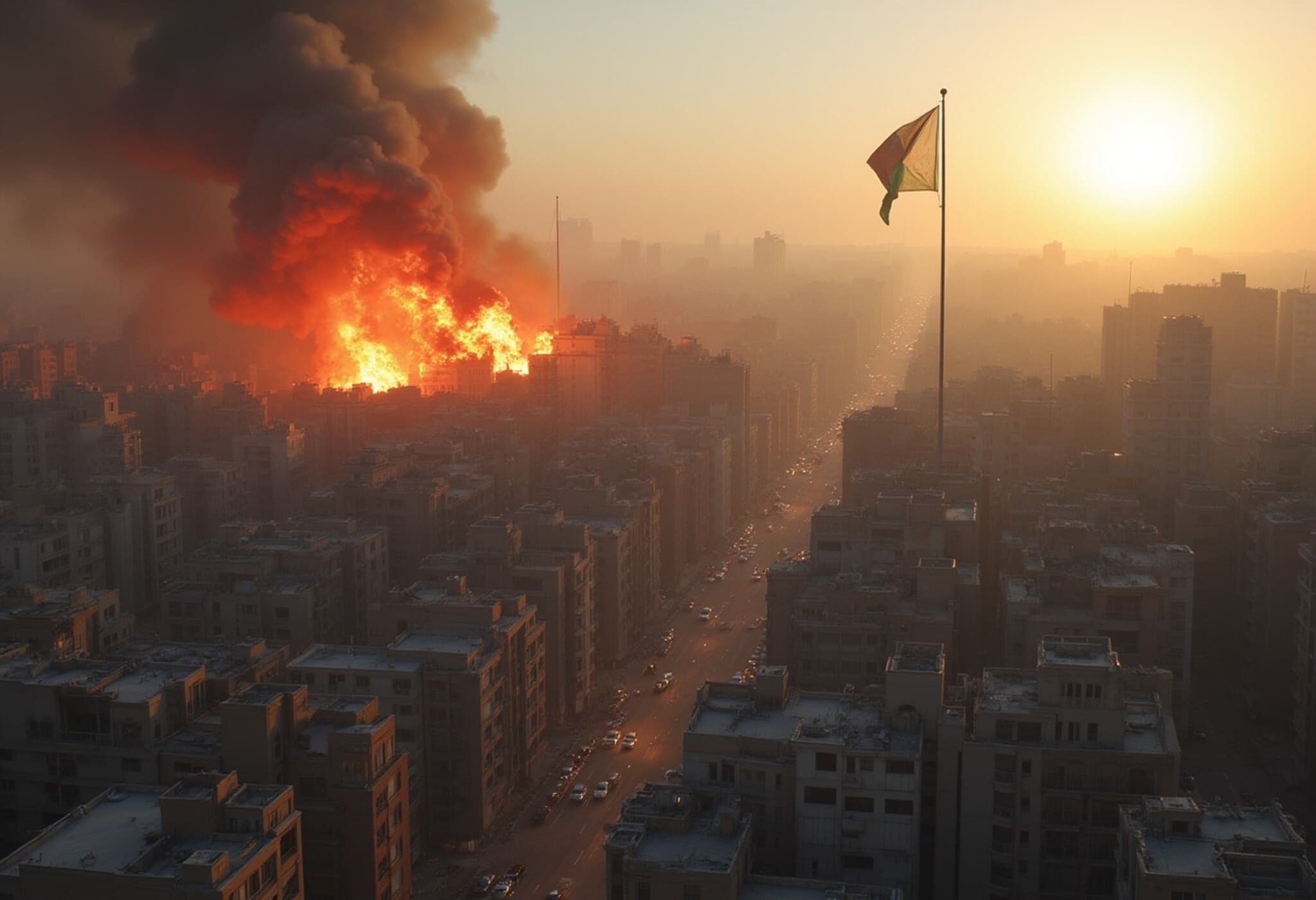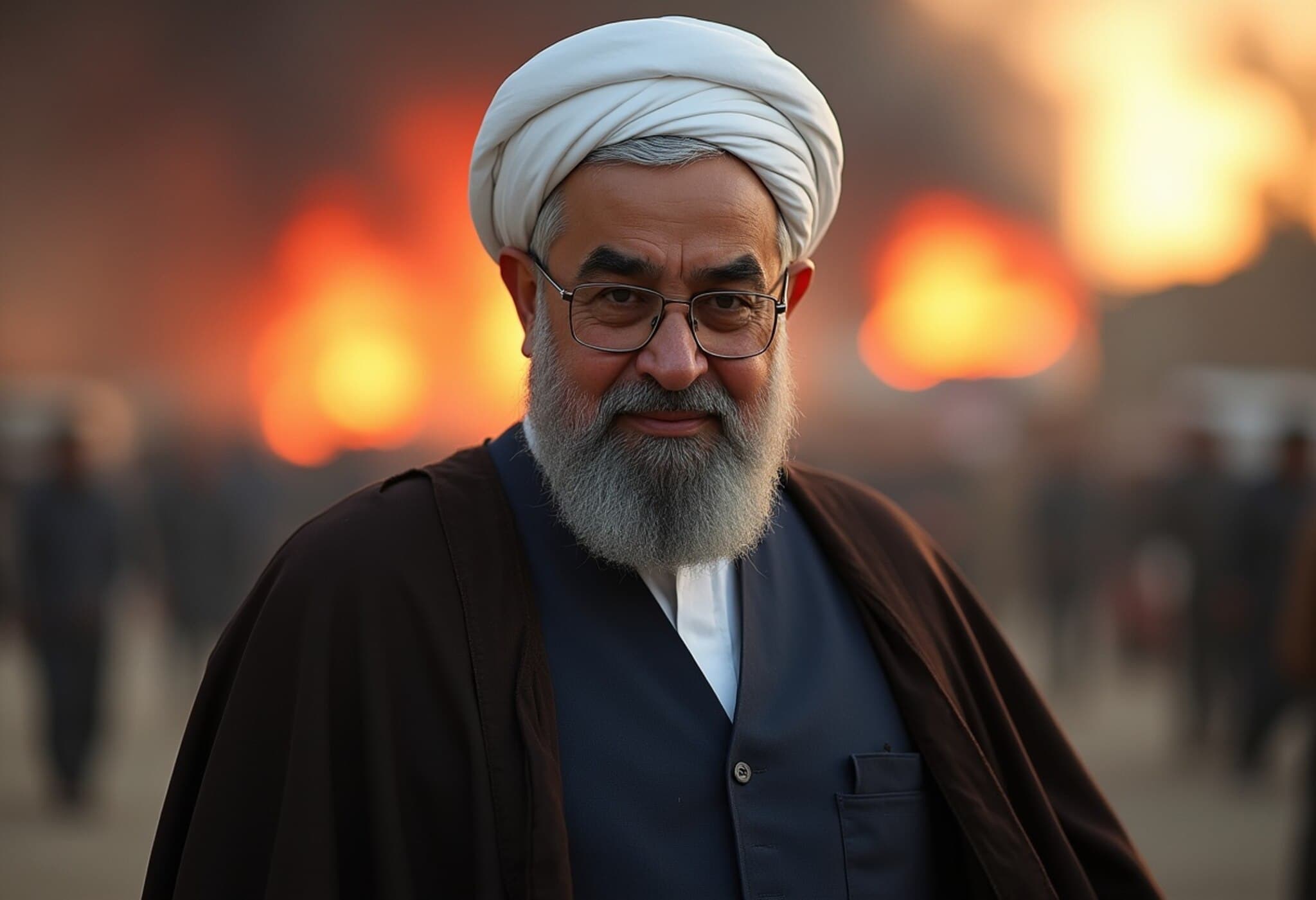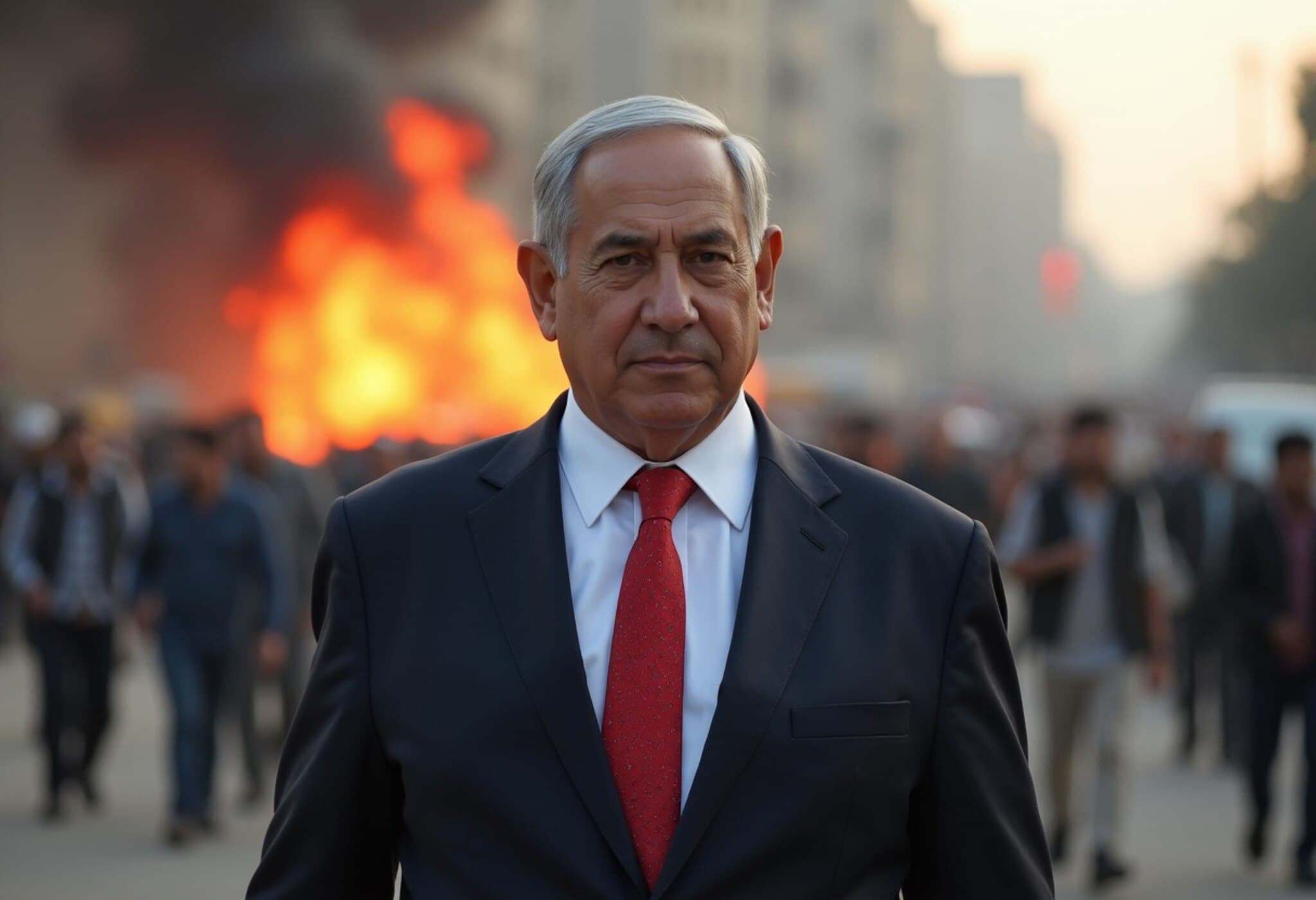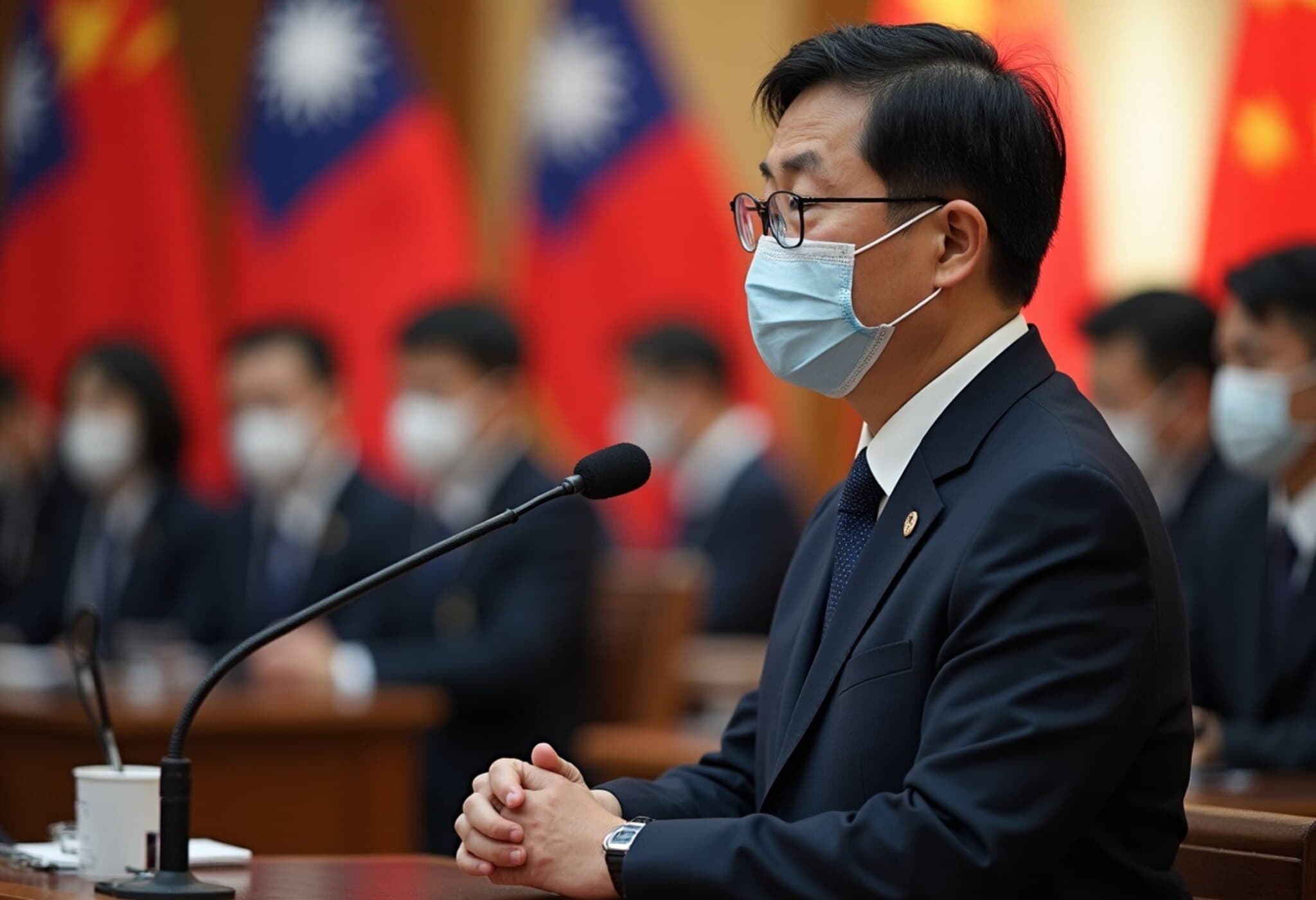Netanyahu and Trump Signal End to Gaza Ceasefire Negotiations
In a stark shift that dims hopes for a swift pause in the Gaza conflict, Israeli Prime Minister Benjamin Netanyahu and former U.S. President Donald Trump have publicly abandoned ongoing ceasefire talks with Hamas. Both leaders indicated that recent negotiations failed to produce common ground, casting doubt on immediate prospects for peace in a region gripped by escalating devastation.
Shift Away from Negotiations
Netanyahu stated that Israel is now exploring alternative strategies to retrieve hostages held in Gaza and to dismantle Hamas’s control over the territory. The enclave, home to approximately 2.2 million Palestinians, continues to suffer widespread ruin, with increasing numbers of its population rendered homeless amid a rapidly worsening humanitarian situation.
Trump echoed this hardline stance, emphasizing that Hamas leaders seemed uninterested in peace, saying, "I think they want to die. And it’s very bad. And it got to be to a point where you’re going to have to finish the job." These remarks suggest a definitive halt in ceasefire aspirations, despite mounting global concern over the region's humanitarian collapse.
International Responses and Regional Dynamics
International tension is rising alongside the conflict. French President Emmanuel Macron announced that France would become the first major Western power to recognize an independent Palestinian state, underscoring France’s prioritization of humanitarian and political solutions. Meanwhile, the United Kingdom and Germany have cautiously lent support to calls for an immediate ceasefire but have stopped short of state recognition, emphasizing the need for negotiated peace settlements. British Prime Minister Keir Starmer affirmed that recognizing Palestine would be part of a broader diplomatic effort.
Trump dismissed Macron’s announcement as inconsequential, highlighting divisions among Western powers on how best to approach the crisis. The U.S. and Israel have withdrawn delegations from ceasefire talks in Qatar, initially framed as temporary consultations but now appearing to signal a deeper impasse.
Mediated Talks Reflect Deep Divisions
Mediators Qatar and Egypt assert some progress was made during recent negotiations, describing pauses as routine rather than terminal. Their proposed ceasefire outlines a 60-day halt in hostilities, increased humanitarian aid access, and the release of some hostages in exchange for Palestinian prisoners held in Israel. Yet, crucial sticking points remain unresolved, notably how extensively Israeli forces might withdraw and what happens if no permanent agreement is secured after the 60-day period.
The Human Toll: Gaza’s Growing Hunger Crisis
Beyond the political stalemate, Gaza’s humanitarian landscape is dire. Aid agencies warn that widespread hunger now engulfs the population as food supplies dwindle amid Israeli restrictions imposed since March 2025. Though Israel recently permitted the airdrop of aid supplies, Hamas criticized the move as inadequate, emphasizing the need for a consistent humanitarian corridor to deliver lifesaving resources daily.
Health authorities report a bleak reality: nine more Palestinians died of starvation or malnutrition in just 24 hours, with many more deaths in recent weeks. The United Nations is struggling to distribute specialized therapeutic nutrition necessary to save severely malnourished children, a tragedy complicating an already catastrophic conflict.
Israel maintains it has facilitated sufficient aid deliveries and accuses the United Nations of failing to distribute the supplies effectively—a charge UN officials reject, asserting operations are hampered by ongoing restrictions from Israeli authorities. The dispute highlights the complex overlay of humanitarian and political challenges.
Escalating Violence Amid Diplomatic Deadlock
Ceasefire talks have unfolded alongside continuing Israeli military offensives. Palestinian health officials reported airstrikes and gunfire that killed at least 21 people on Friday alone, including five civilians sheltering in a school in Gaza City.
The death of Palestinian journalist Adam Abu Harbid in an overnight strike sent ripples through the local community. At his funeral, fellow journalists accused Israeli forces of deliberately targeting media personnel, a claim Israeli officials deny. Abu Harbid’s death underscores the perils faced by reporters in conflict zones and highlights the broader risks to civilians caught in the crossfire.
Background of the Conflict
The current Israeli assault escalated after Hamas fighters attacked Israeli towns bordering Gaza on October 7, 2023, killing approximately 1,200 people and seizing 251 hostages. Since then, Palestinian health authorities report that almost 60,000 people have died in Gaza, and much of the territory has been destroyed.
Looking Ahead: Critical Questions and Policy Impacts
- What are the implications of sidelining ceasefire talks for the prospects of long-term peace in the region?
- How can the international community effectively address the urgent humanitarian needs without exacerbating the conflict?
- What role might recognition of Palestinian statehood by Western powers play in shifting diplomacy?
- How should aid be delivered sustainably amidst security concerns and political barriers?
- What legal and ethical frameworks govern the conduct of media and humanitarian workers in active conflict zones?
Editor’s Note
The unraveling of ceasefire negotiations between Israel and Hamas marks a grim pivot away from diplomatic resolution toward intensifying military confrontation. As human suffering in Gaza deepens, the international community faces a complex balancing act: exerting pressure to protect civilian lives while navigating the geopolitical complexities that have long fueled this conflict.
This moment calls for renewed dialogue driven by empathy, strategic patience, and a commitment to human rights beyond partisan interests. Observers should watch closely how Western powers’ divergent approaches—ranging from state recognition to calls for ceasefire—shape the next phase of both conflict and peacebuilding.
Understanding the intersecting layers of political, humanitarian, and media narratives remains essential for informed public discourse and meaningful policy responses.

